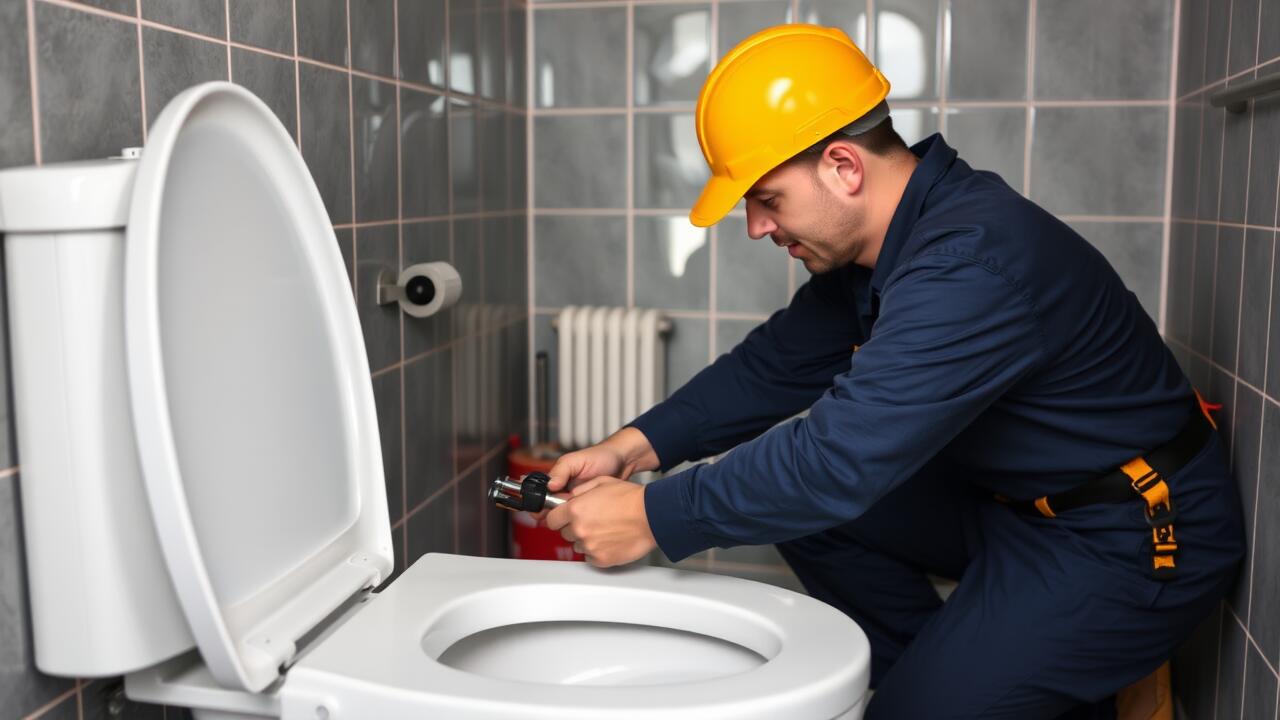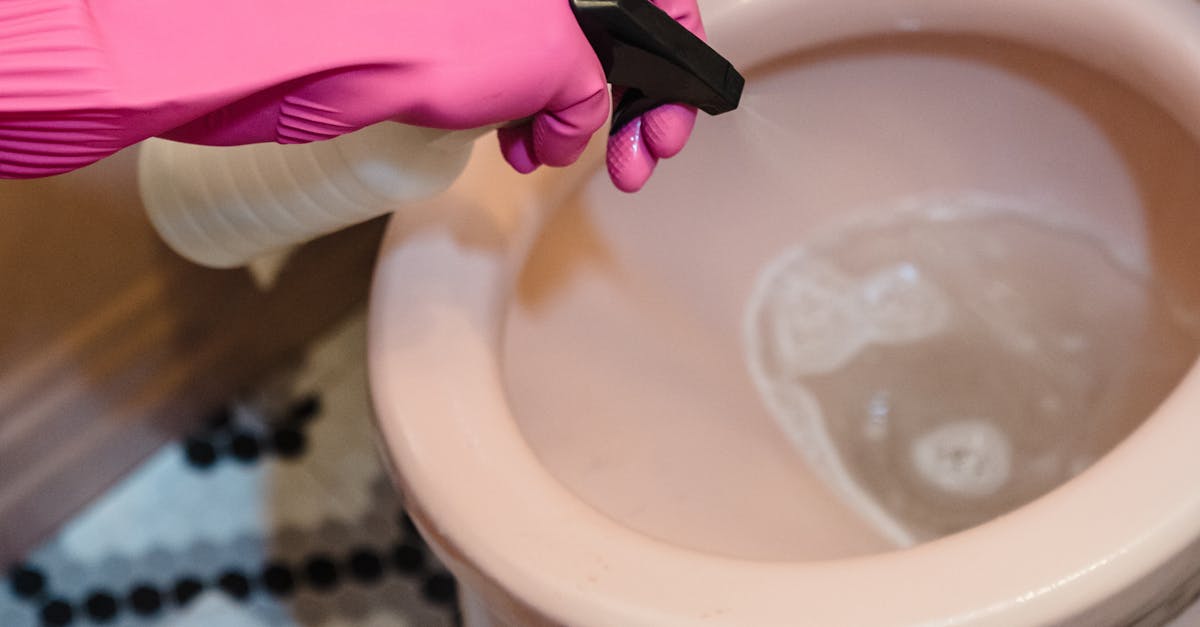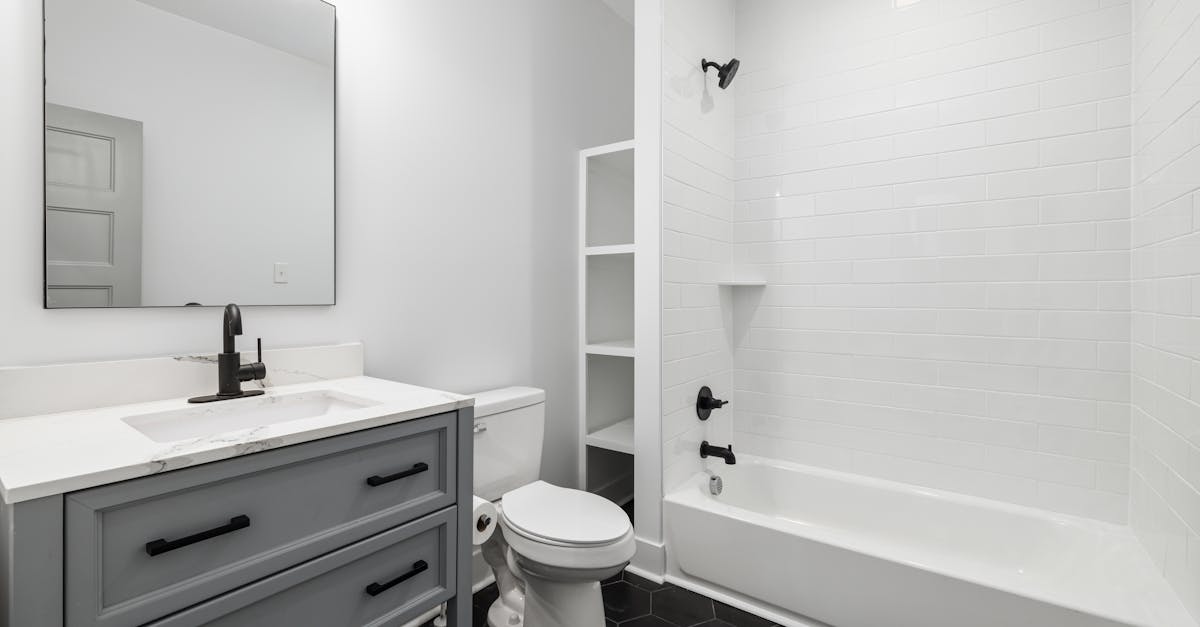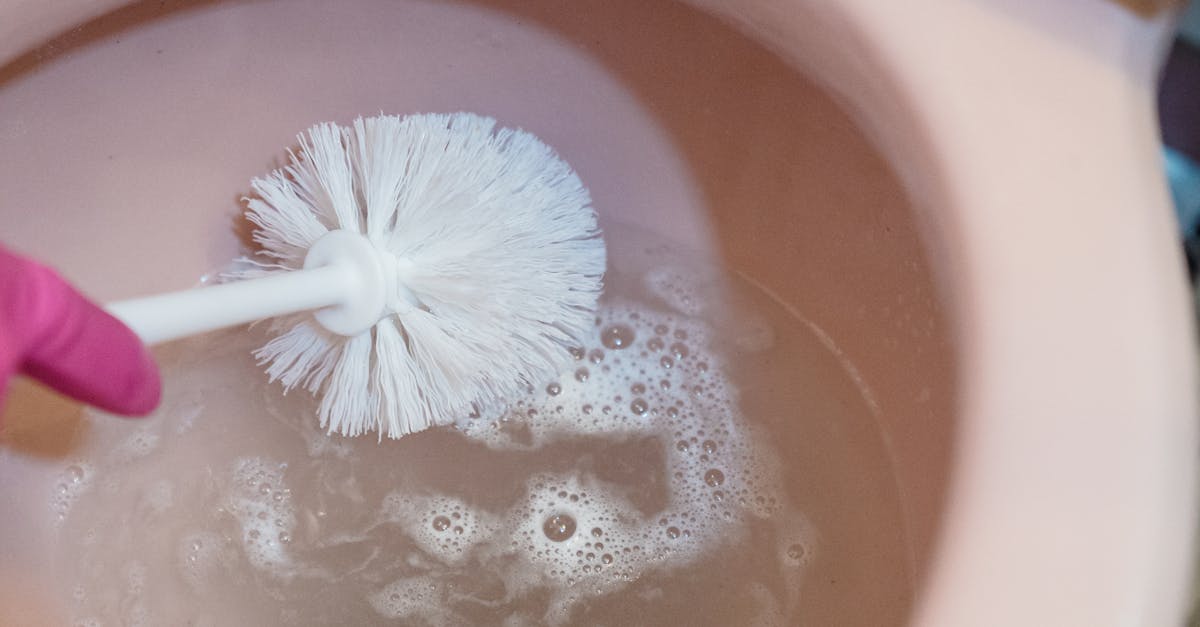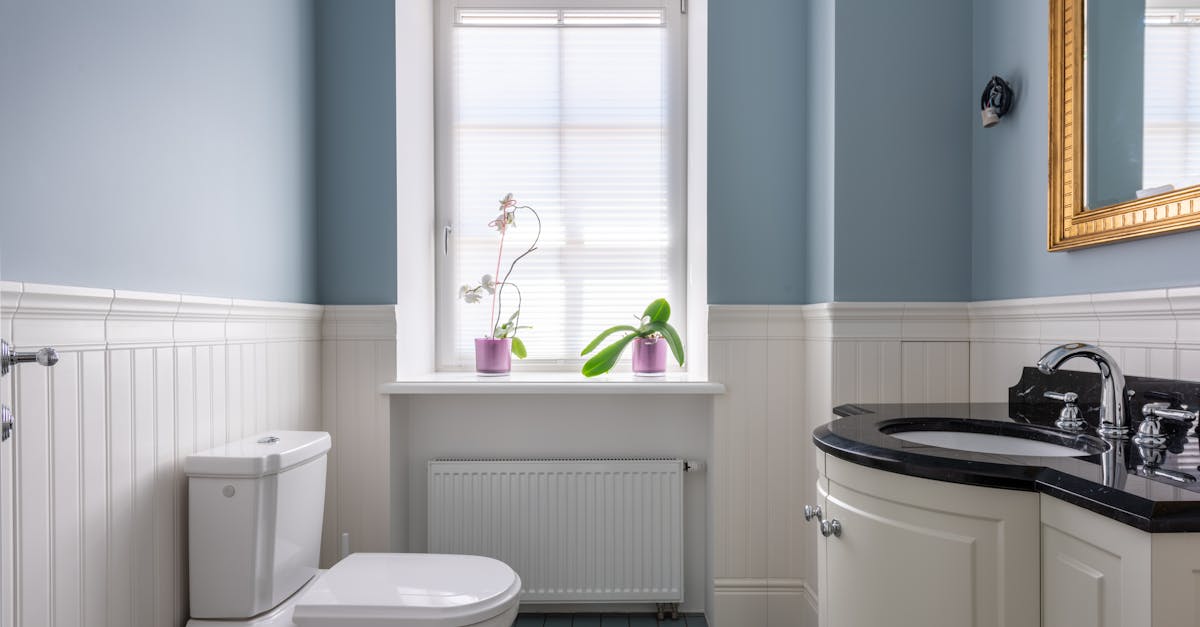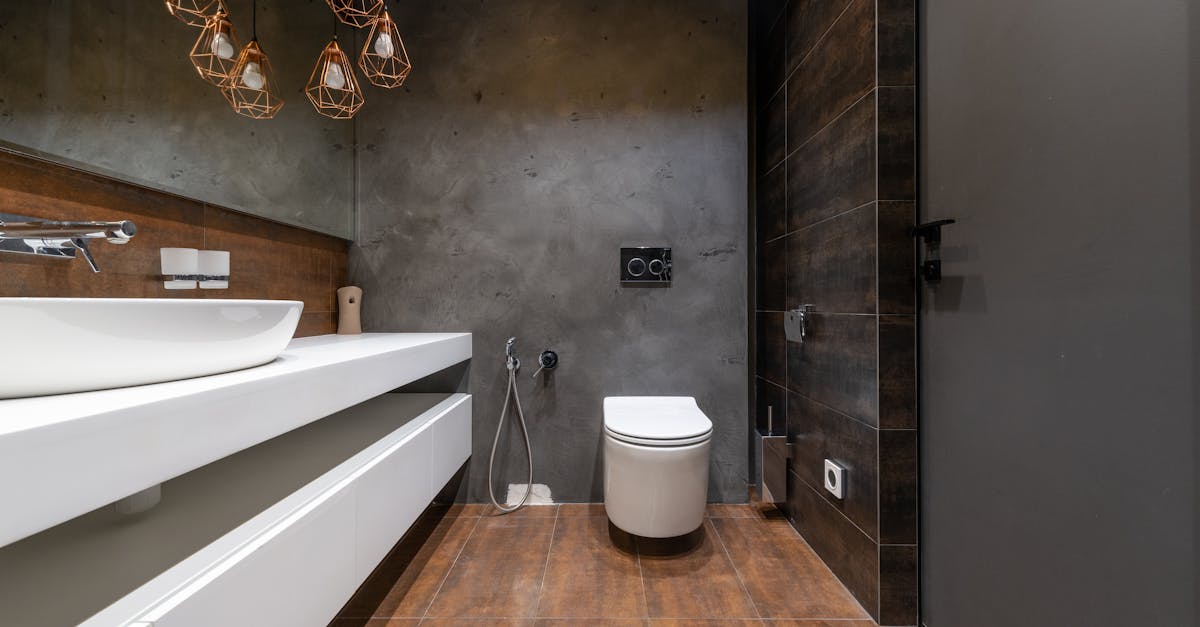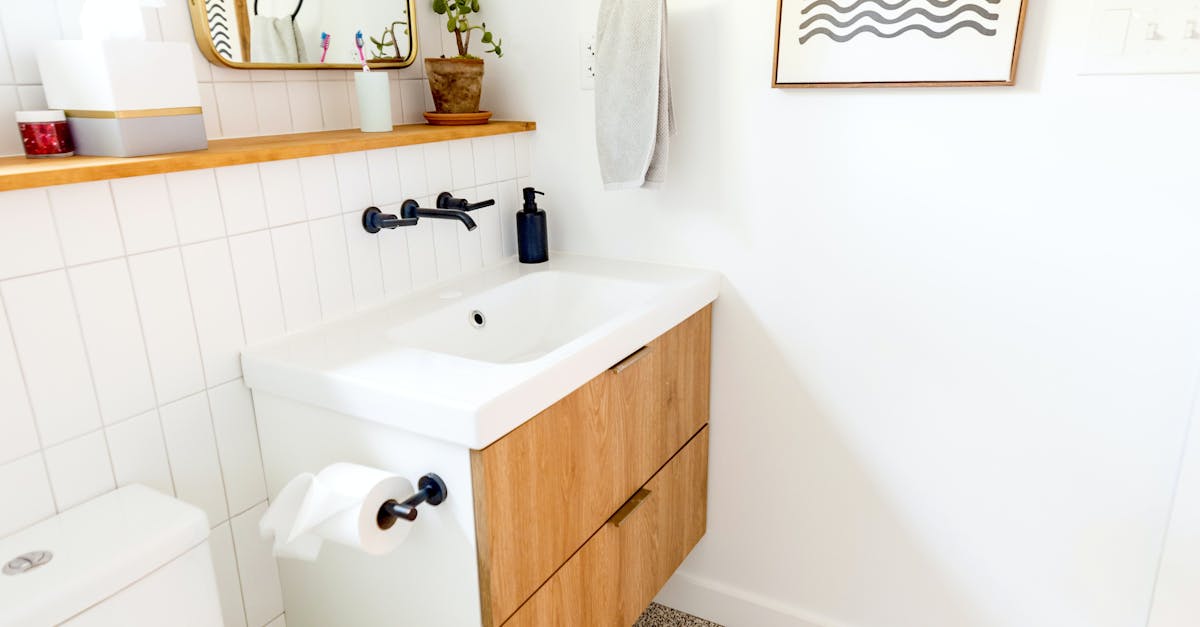
Table Of Contents
Adjusting the Chain and Lift Arm
The chain and lift arm play a crucial role in ensuring that the toilet flushes properly. If the chain is too tight, it may not allow the flapper to close fully, causing continuous running water. Conversely, if the chain is too loose, it won't lift the flapper high enough to initiate a proper flush. To begin adjusting, remove the tank lid and check the connection of the chain to the flapper. Loosening or tightening the chain will help establish the right tension required for optimal performance, making it a key consideration in DIY toilet repairs.
Adjusting the lift arm is equally important for a successful flush. The arm should be set at the right angle to ensure that it lifts the flapper completely when you press the toilet handle. If the lift arm is bent or positioned incorrectly, it may not create sufficient pressure to lift the flapper, leading to ineffective flushing. Regular checks and minor adjustments can significantly enhance toilet function. Making these adjustments can often resolve flushing issues without the need for professional interventions, making it an effective step in routine toilet repairs.
Ensuring Proper Flapper Operation
A well-functioning flapper is essential for proper toilet operation, as it regulates the flow of water from the tank to the bowl during flushing. Over time, flappers can become worn or warped, leading to leaks or incomplete flushing. Inspect the flapper for any signs of damage, ensuring that it creates a tight seal when closed. If the flapper appears compromised, replacing it is a straightforward task usually requiring only basic tools.
Proper flapper operation also depends on the connection to the lift chain. The chain should have some slack to allow the flapper to seat properly after a flush. Too much tension can cause the flapper to remain partially open, resulting in continuous water flow and higher water bills. Regular monitoring of these components can prevent more significant issues, saving time and money on potential toilet repairs down the line.
Water Level in the Toilet Tank
The water level in the toilet tank is crucial for efficient flushing. If the water level is too low, the toilet may not flush properly, resulting in partial evacuations or the need for multiple flushes. On the other hand, if the water level is too high, it can cause the toilet to overflow, leading to leaks and potential water damage. Regular monitoring of the water level can help identify issues early, making toilet repairs easier.
To ensure the correct water height, adjust the float mechanism as needed. Most toilets have a float ball or a float cup that controls water intake. If the float is set too low, it will not enable enough water to fill the tank. Conversely, if it is too high, it may constantly trigger the refill valve, wasting water. Understanding these adjustments can prevent complications and simplify toilet repairs down the line.
Setting the Correct Water Height
The water height in the toilet tank plays a crucial role in ensuring a proper flush. The tank should be filled to the correct level, typically marked inside with a line indicating the optimal height. If the water level is too low, it can lead to weak flushing that may not clear the bowl effectively. Conversely, if the water height is too high, it may cause the overflow tube to constantly drain, wasting water and potentially leading to further toilet repairs.
Adjusting the water level is a straightforward process, usually involving the float mechanism. For older toilets, a float ball may need to be repositioned; for modern models, adjusting a screw on the float arm might suffice. Regular checks on the water level can prevent issues before they escalate, helping maintain the toilet's efficiency and reducing the need for more extensive toilet repairs down the line.
Effects of Hard Water on Toilet Function
Hard water can lead to significant issues in toilet function, primarily due to the build-up of mineral deposits. These deposits often accumulate on vital components such as the flapper and fill valve, which can interfere with proper sealing and water flow. Consequently, this can result in constant running toilets or weak flushes, which may prompt homeowners to seek toilet repairs. Regular monitoring and maintenance become essential to prevent these problems from escalating.
Cleaning mineral deposits is crucial for maintaining optimal toilet performance. Vinegar is a common solution for tackling these stubborn buildups, as it effectively dissolves the deposits without damaging toilet components. Regularly cleaning these areas can help alleviate flushing issues caused by hard water. Taking proactive measures reduces the likelihood of needing extensive toilet repairs in the future, ensuring a more efficient and reliable system.
Cleaning Mineral Deposits Effectively
Mineral deposits can accumulate in toilet components, affecting flushing efficiency. These deposits often originate from hard water, leading to blockages or impaired functionality in parts such as the flapper or fill valve. Regular cleaning can prevent these issues, making toilet repairs less frequent and more straightforward. One effective method is to use a vinegar solution, which helps to dissolve minerals without damaging sensitive parts of the toilet.
To begin cleaning, shut off the water supply to the toilet and remove the tank lid. Pour a generous amount of vinegar into the tank and allow it to sit for a few hours, or even overnight if possible. After the soaking period, scrub the affected areas gently with a soft brush to dislodge any stubborn buildup. Rinse the tank and flush the toilet to see the improvement. This process not only enhances flushing performance but also extends the lifespan of your toilet components, reducing the need for toilet repairs in the long run.
FAQS
What should I check if my toilet is not flushing properly?
Start by inspecting the chain and lift arm for any adjustments needed, ensuring the flapper operates correctly, and checking the water level in the tank.
How do I know if the flapper is functioning properly?
A properly functioning flapper should create a tight seal when closed. If water continues to trickle into the bowl, it may need to be replaced or adjusted.
What is the correct water level for a toilet tank?
The water level should typically be about 1 inch below the top of the overflow tube. You can adjust the float to set the correct water height.
Can hard water affect my toilet’s flushing capability?
Yes, hard water can lead to mineral deposits that interfere with the flushing mechanism, reducing effectiveness. Regular cleaning can help prevent this.
How can I clean mineral deposits from my toilet?
You can use a vinegar solution or a commercial descaling product to effectively dissolve mineral deposits. Scrubbing with a toilet brush can also help remove any buildup.
